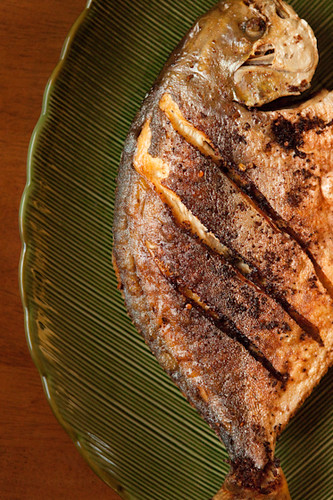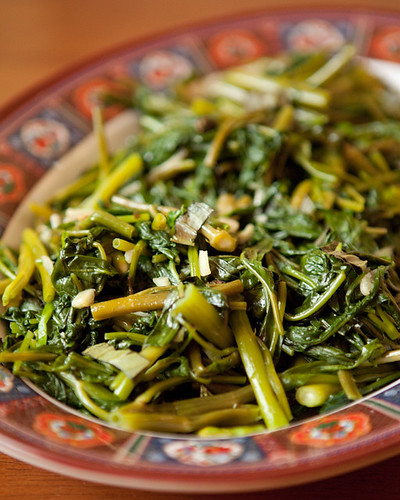
1/2 pound(2 sticks) unsalted butter, at cool room temperature
1 1/4 cups sugar
4 extra large eggs, at room temperature
2 tablespoons honey
2 teaspoons pure vanilla extract
1 teaspoon grated lemon zest
2 cups sifted cake flour
1 teaspoon kosher salt
1/2 teaspoon baking powder
1. Preheat oven to 350 degrees.
2. Grease the bottom of an 8½ x 4½ x 2½ inch loaf pan.
3. Line the bottom with parchment paper, then grease and flour the pan.
4. Using an electric mixer fitted with the paddle attachment, cream the butter and sugar on medium speed for 3-4 minutes, until light.
5. Meanwhile, put the eggs, honey, vanilla and lemon zest in a glass measuring cup but do not combine.
6. With the mixer on medium low speed, add the egg mixture, one egg at a time, scraping down the bowl and allowing each egg to become incorporated before adding the next egg.
7. Sift together the flour, salt and baking powder.
8. With the mixer on low speed, add it slowly to the batter until just combined.
9. Finish mixing the batter with a rubber spatula and pour it into the prepared pan. Smooth the top.
10. Bake for 50-60 minutes until a toothpick inserted in the center comes out clean.
11. Cool for 15 minutes, turn out onto a baking rack, and cool completely.
Source: Back to Basics by Ina Garten



